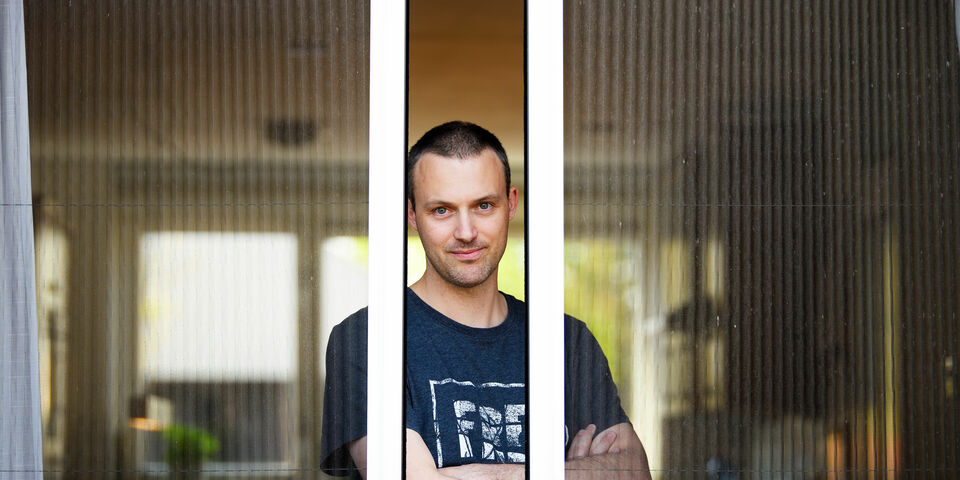Can you run a red light and not fail?
When the Bachelor College was introduced at TU/e in September 2012 the motivation for this new structure was clear. Student numbers were falling sharply and so a major overhaul was needed. To some extent the Bachelor College mirrored the structure of driving education.
Every driver’s license requires you to pass a theory exam. The details will differ depending on the type of vehicle, but there is plenty of overlap. While you are studying the theory, you start taking practical lessons. So while your learning is still fluid theory and practice can blend. You learn to brake, change gear, accelerate and steer, all the while keeping an eye on the other traffic. With your theory certificate under your belt, you take an exam at the end of your practical lessons. You graduate, as it were.
The Bachelor College works the same way. You start with the basic courses; these vary slightly depending on your degree program. At the same time, your major gets underway so that you become familiar with your discipline, and eventually you graduate in a specialty.
But now the Bachelor College is being completely overhauled (the planned revision is only accessible via intranet, ed.) and I am not entirely clear as to why. In any event, no one has yet answered my question: ‘What fundamental problem is this actually solving?’.
The present reform proposal has met with plenty of opposition. The Joint Program Committee’s (JPC) recommendation has been negative and neither is the University Council entirely convinced of the proposal’s merit. In analogy with the driver’s license, the following three changes are now being proposed:
- All the theory will be taught upfront and studied by everyone at the same time, regardless of their chosen vehicle (read: all the basic courses must be taken in the first semester and are the same for all students). So as a motorcyclist you now have to learn that the maximum width of a semi-trailer truck is 2.55 meters unless it is a refrigerated truck, in which case it is 2.60 meters, provided the walls are 4.5 cm thick. In addition, certificates will be introduced for each element of the theory (braking, steering, accelerating) and students have to pass them all.
- The practical lessons for the student’s chosen vehicle do not start until the theory has been completed (read: the major starts in the second semester). So if you have chosen to take motorcycle lessons, it will be a six-month wait before you are sitting astride a motorbike. If it then turns out that two wheels aren’t for you, it will be too late for you to take advantage of DUO’s February 1st scheme and transferring will be tricky.
- During the theory lessons you and other students will be let loose in a random vehicle (without a driving instructor) in the center of a busy city and asked to drive out of the city without causing any casualties (we call this challenge-based learning). Let’s just hope these vehicles are self-driving, otherwise a victim count of zero looks pretty unlikely, don’t you think?
I wasn’t the perfect driver in the opinion of my driving instructors and examiners. After my motorcycle exam I was told ‘You have passed, but next time don’t run any red lights’. The redesign of the Bachelor College has now been given both a red light (issued by the GOC) and an orange light (the University Council’s). I hope those in the driving seat take a moment to stop, pay close attention to the other traffic, and wait for a green light before they proceed.


Discussion